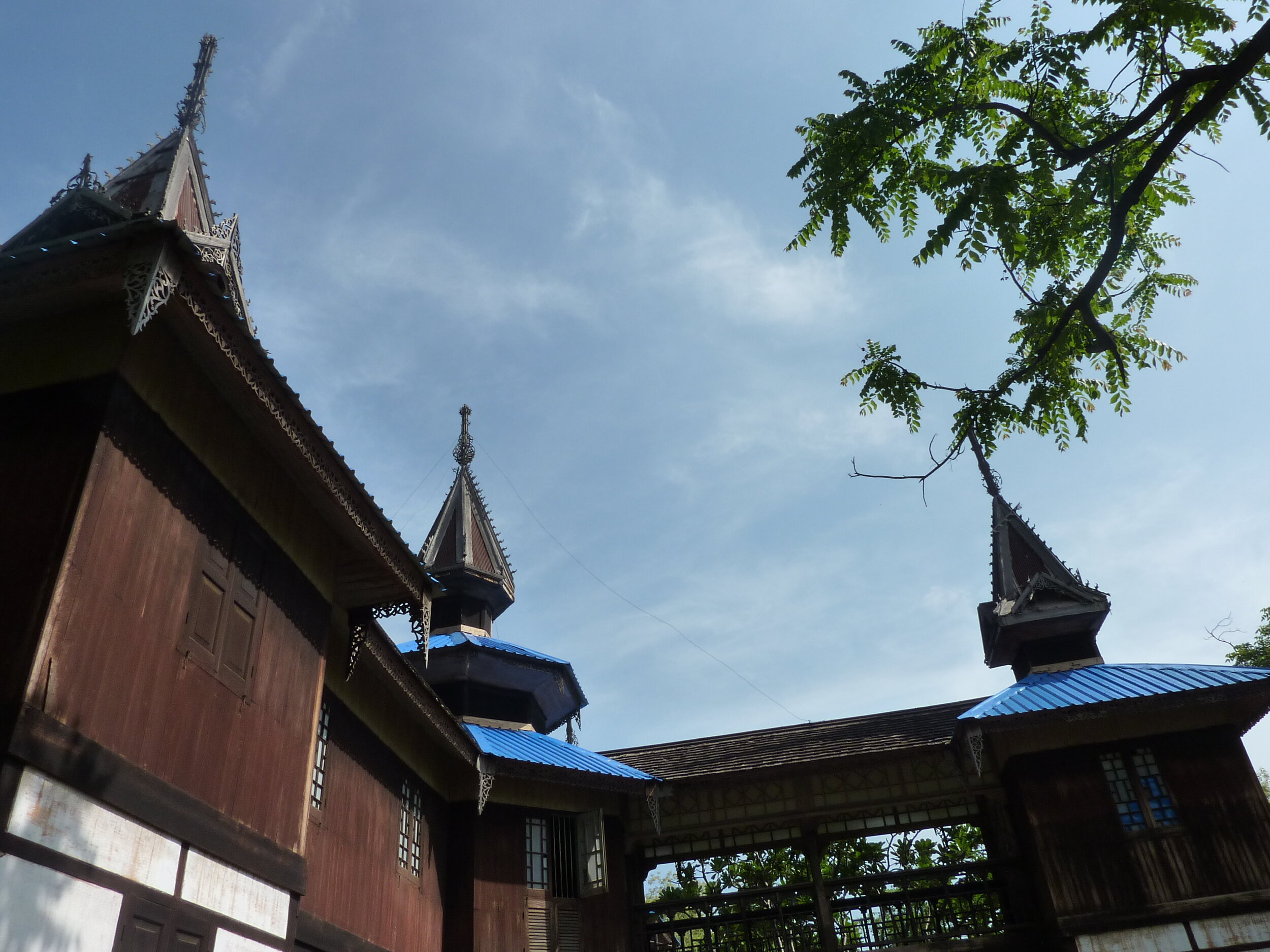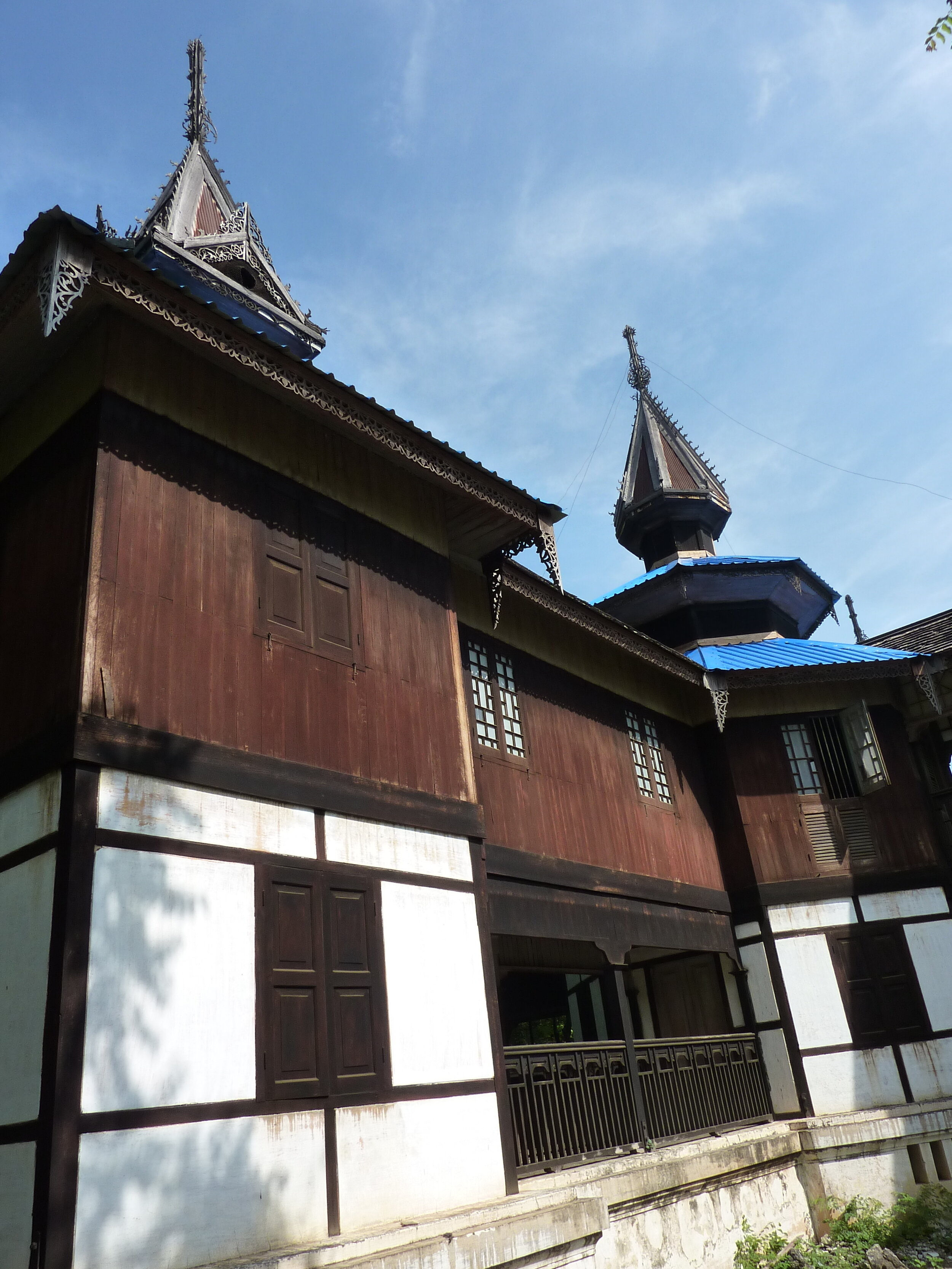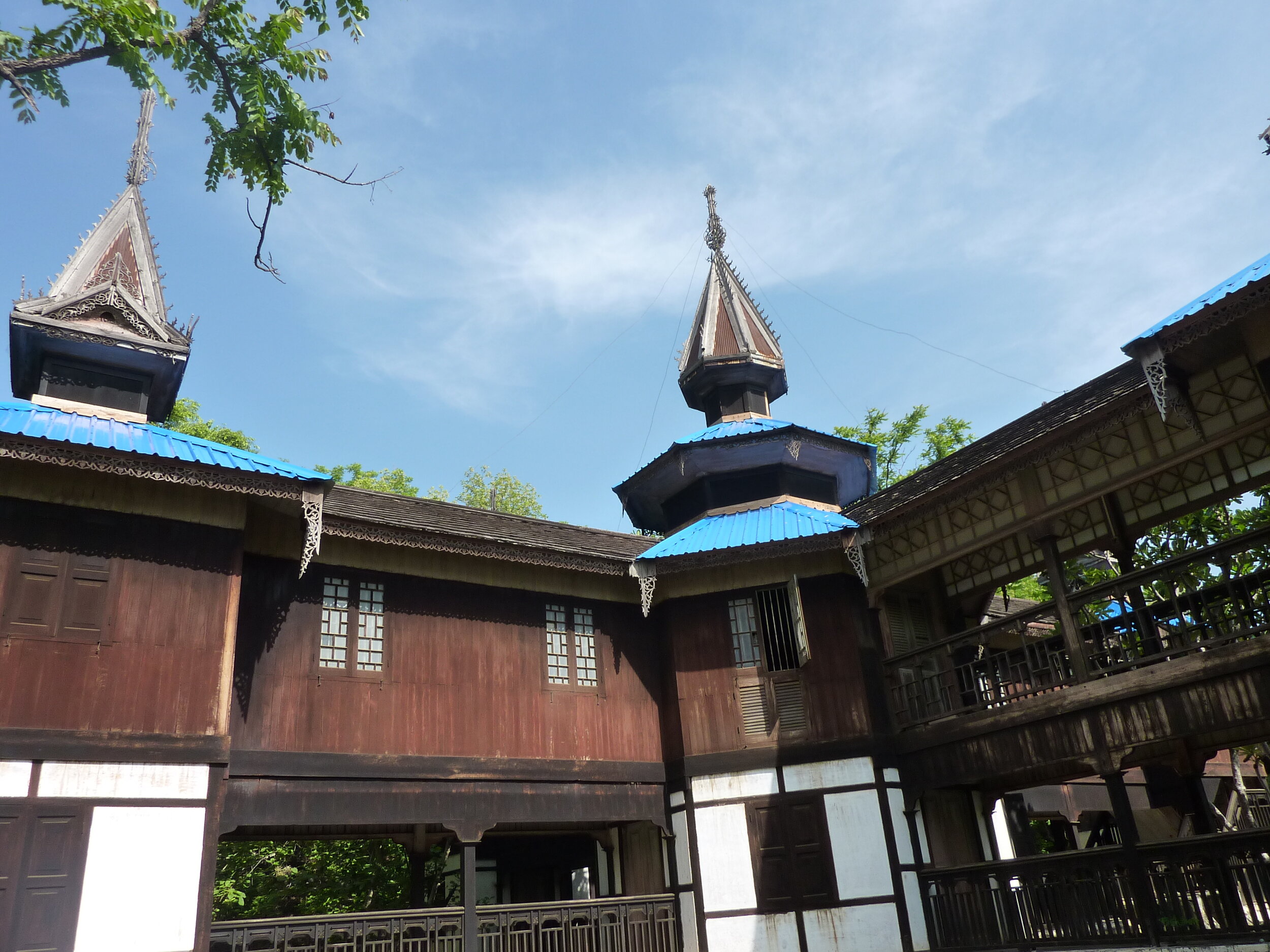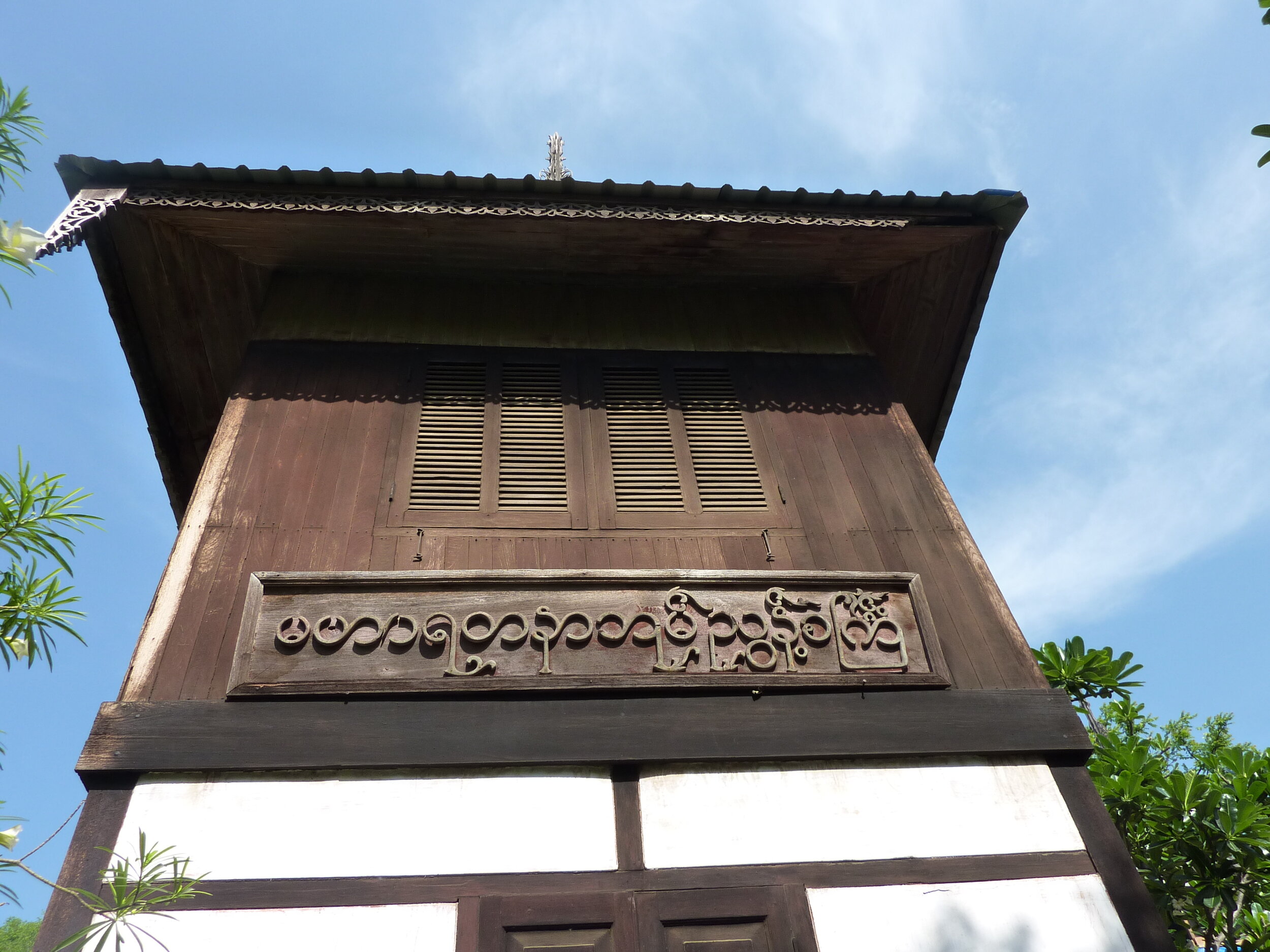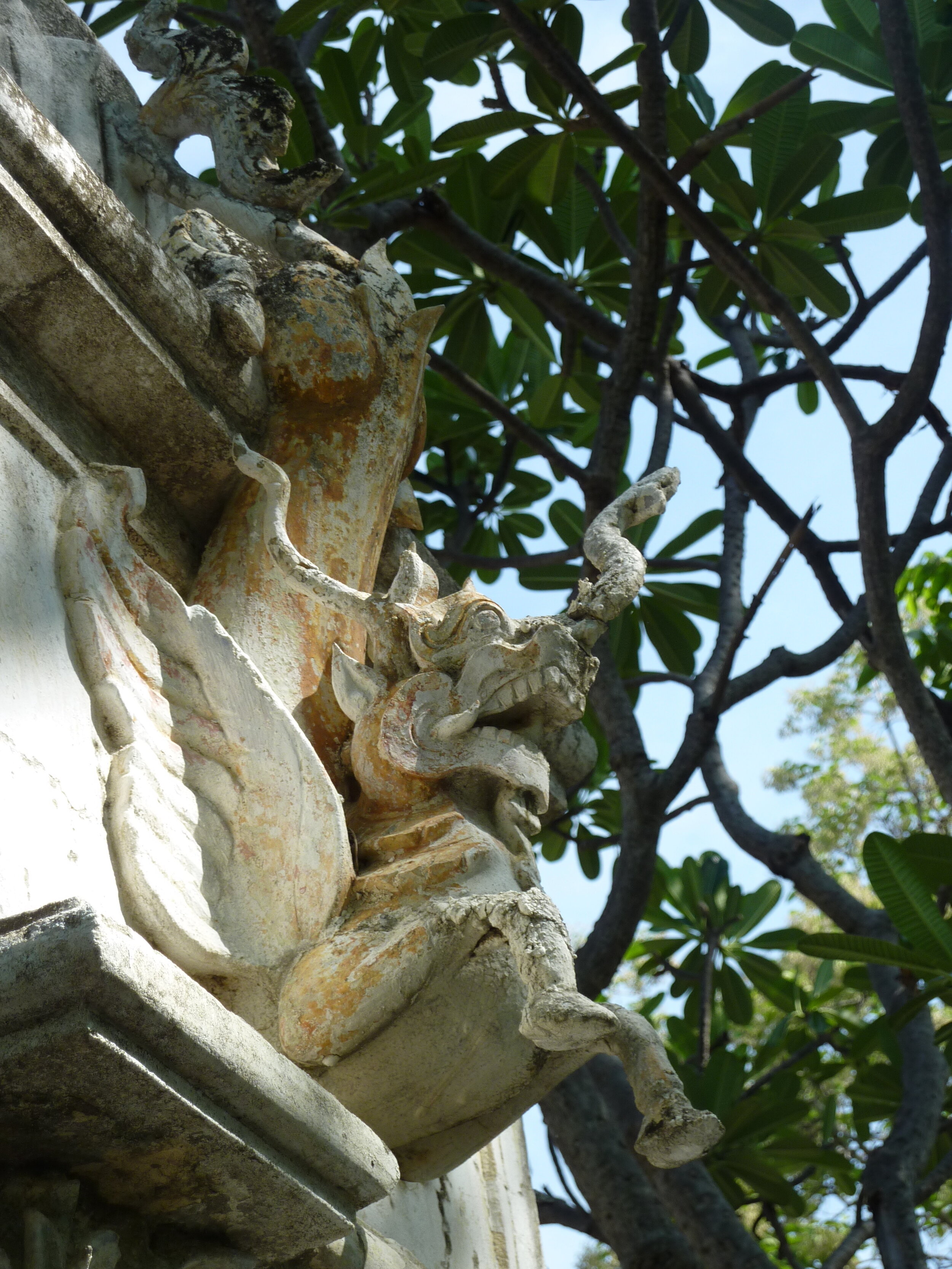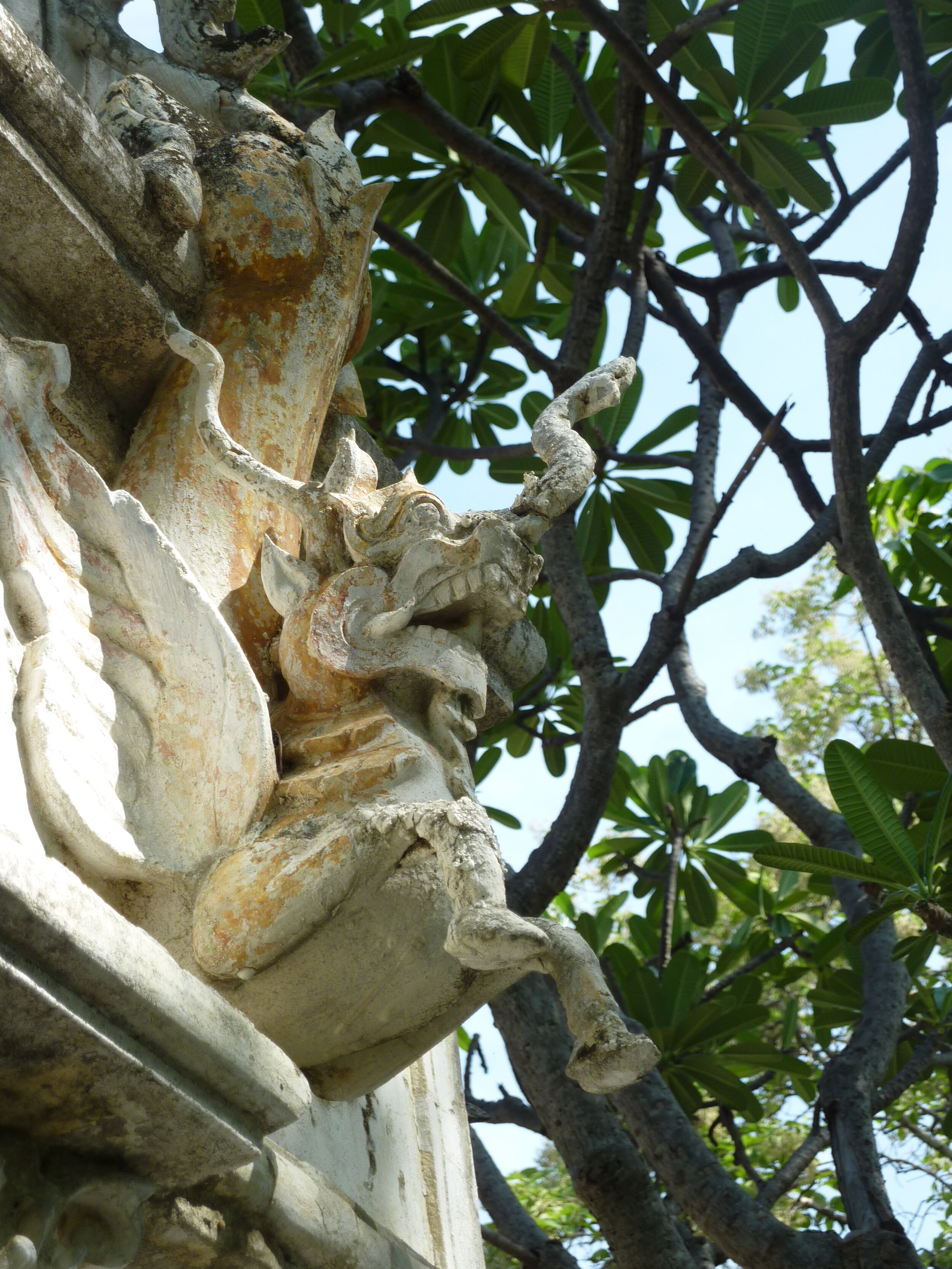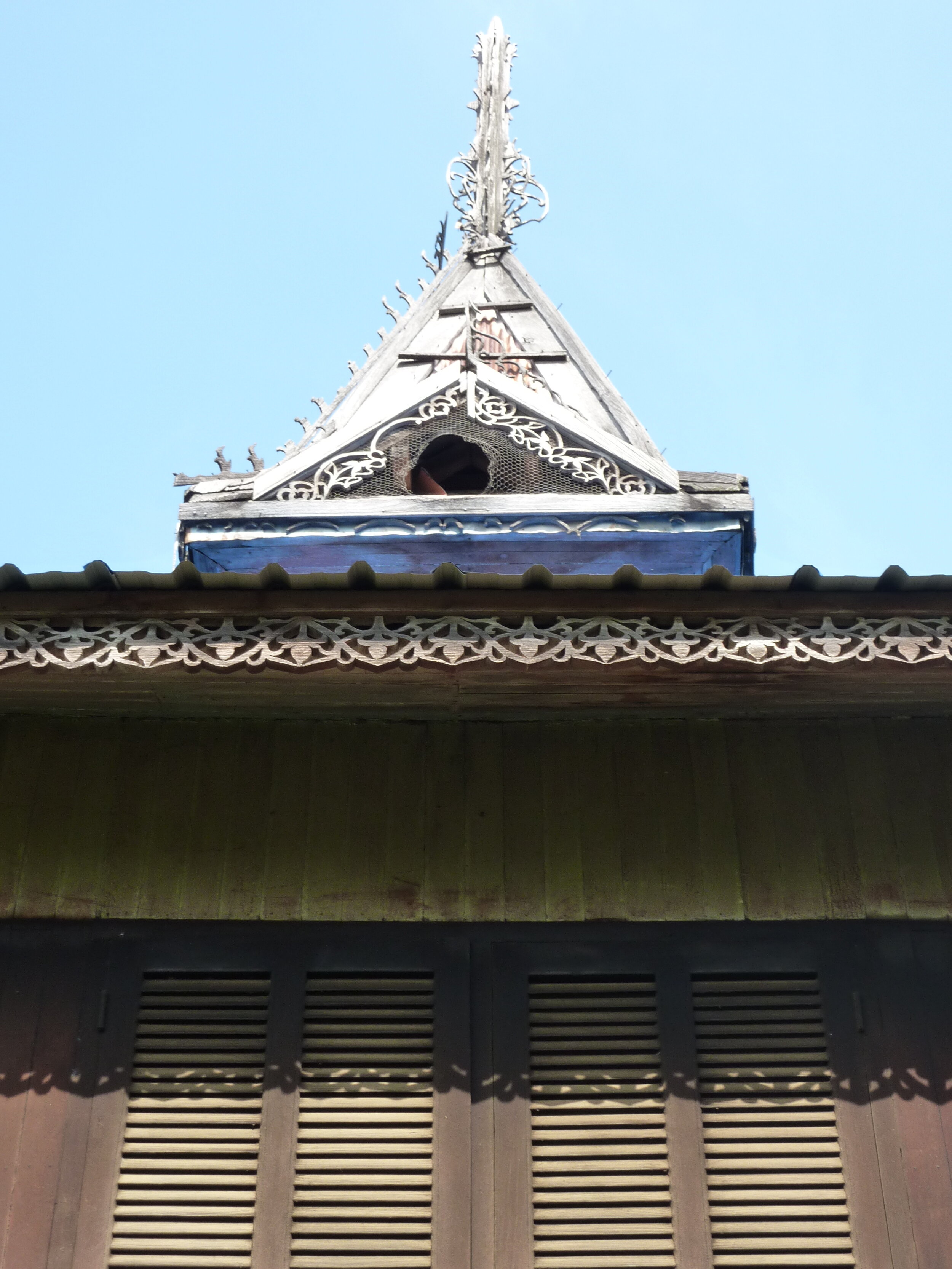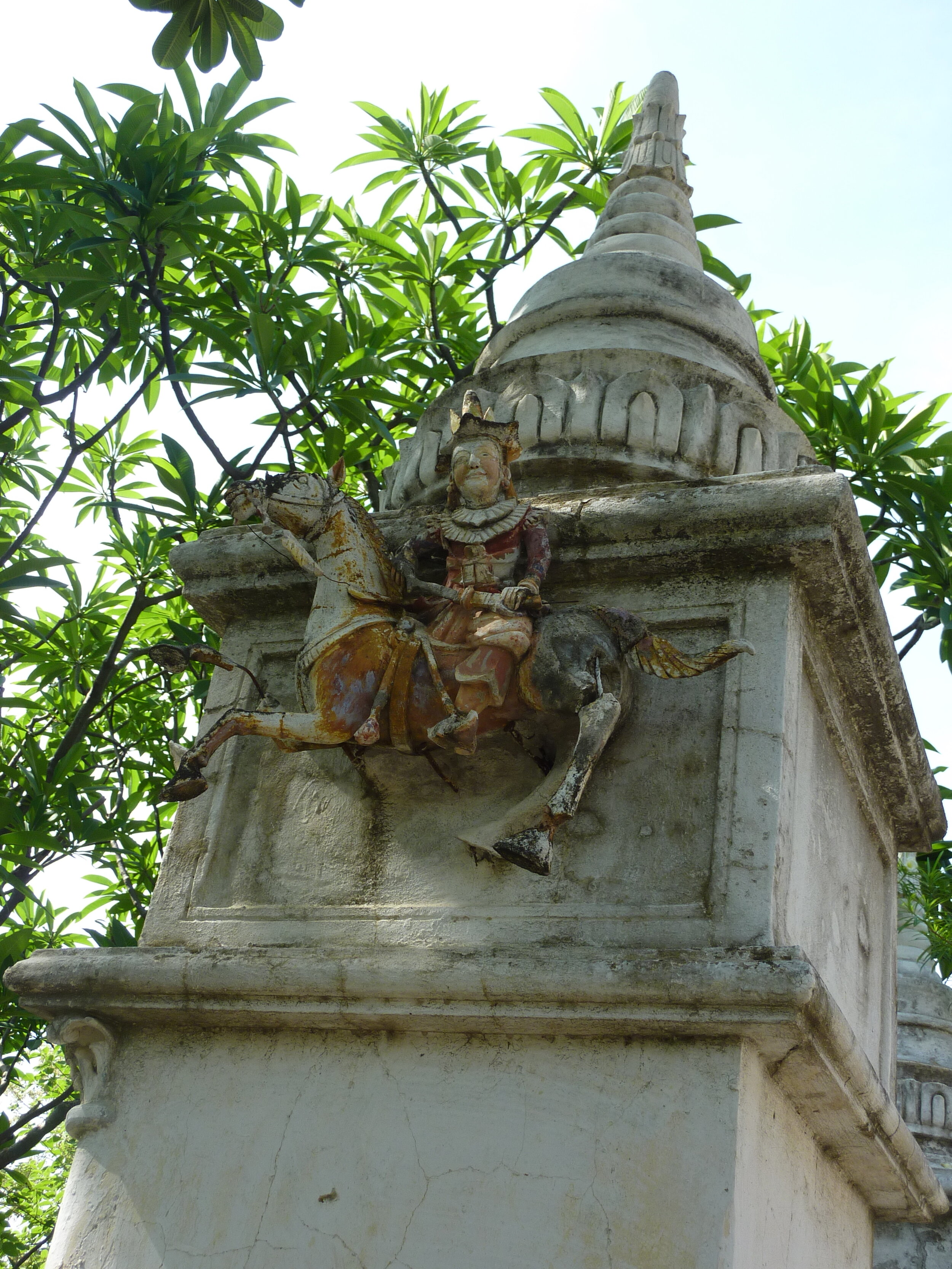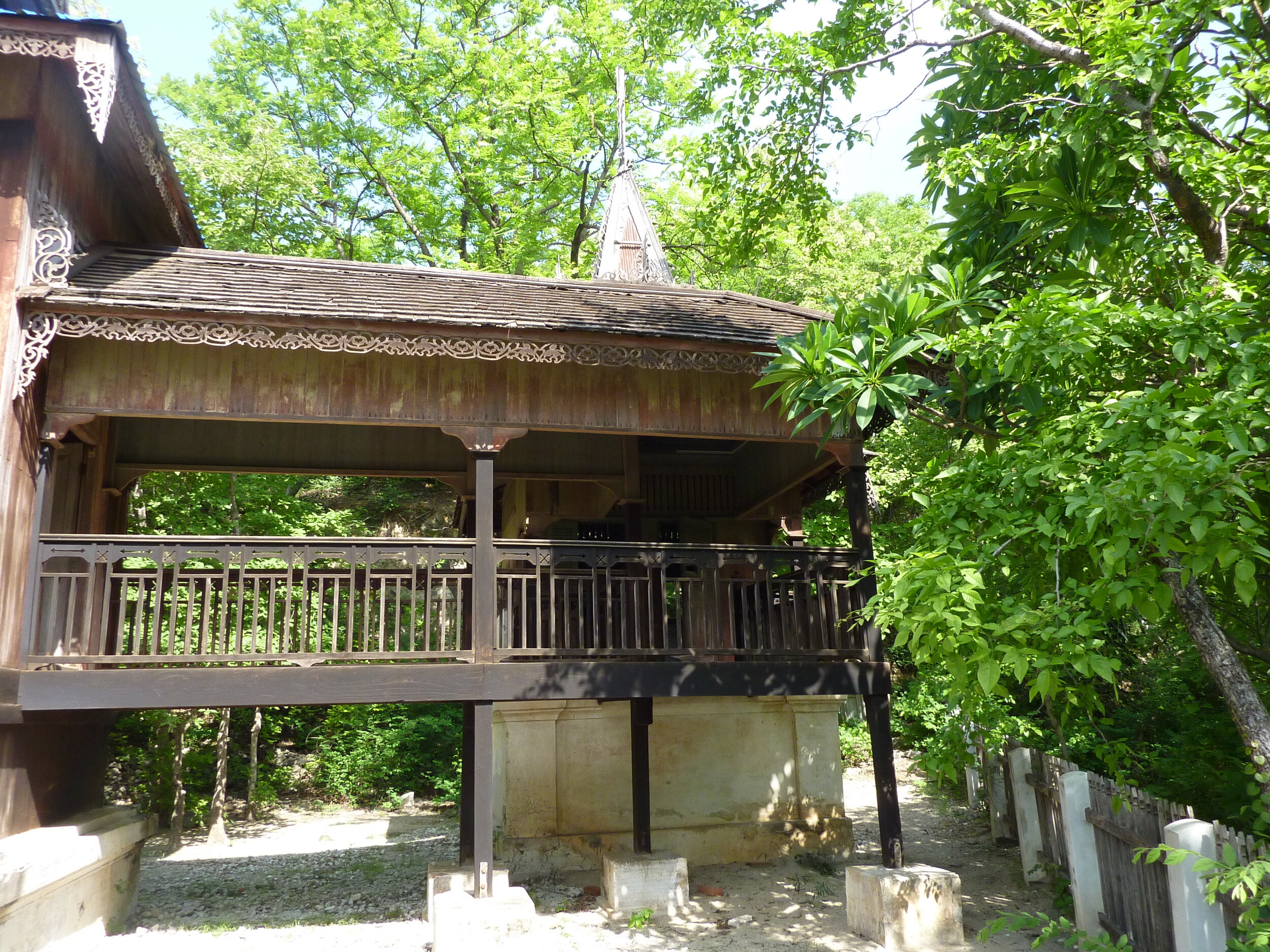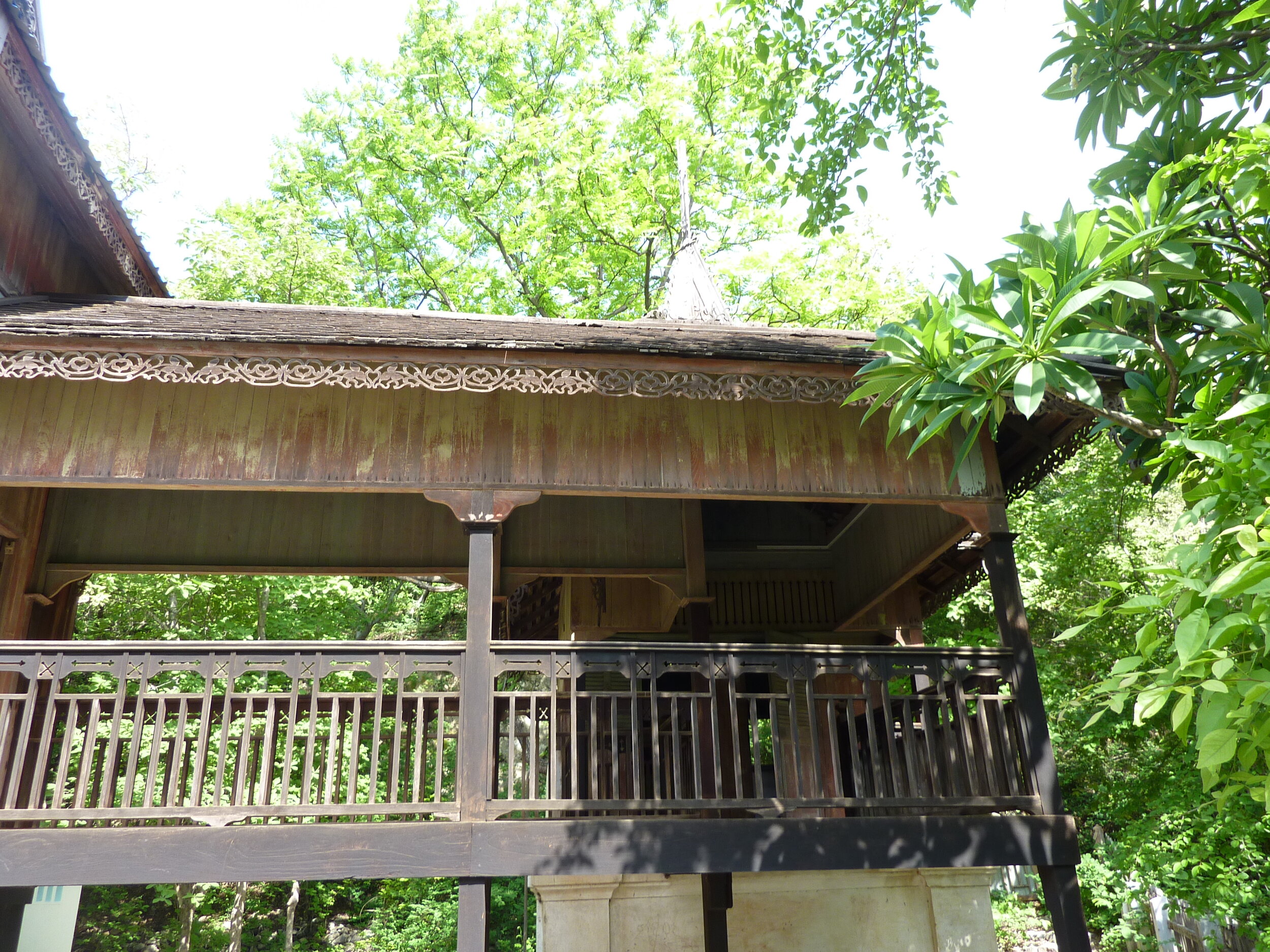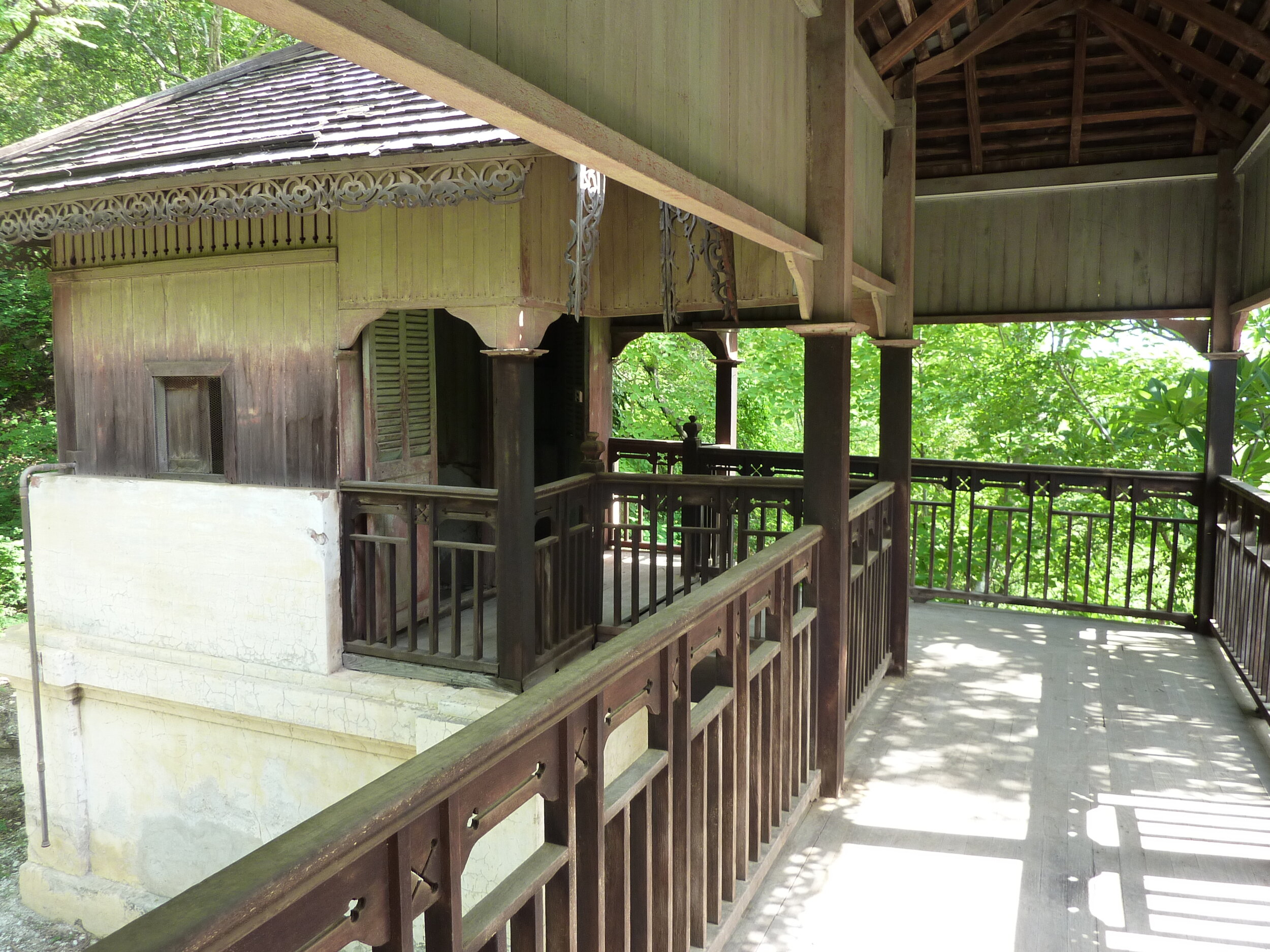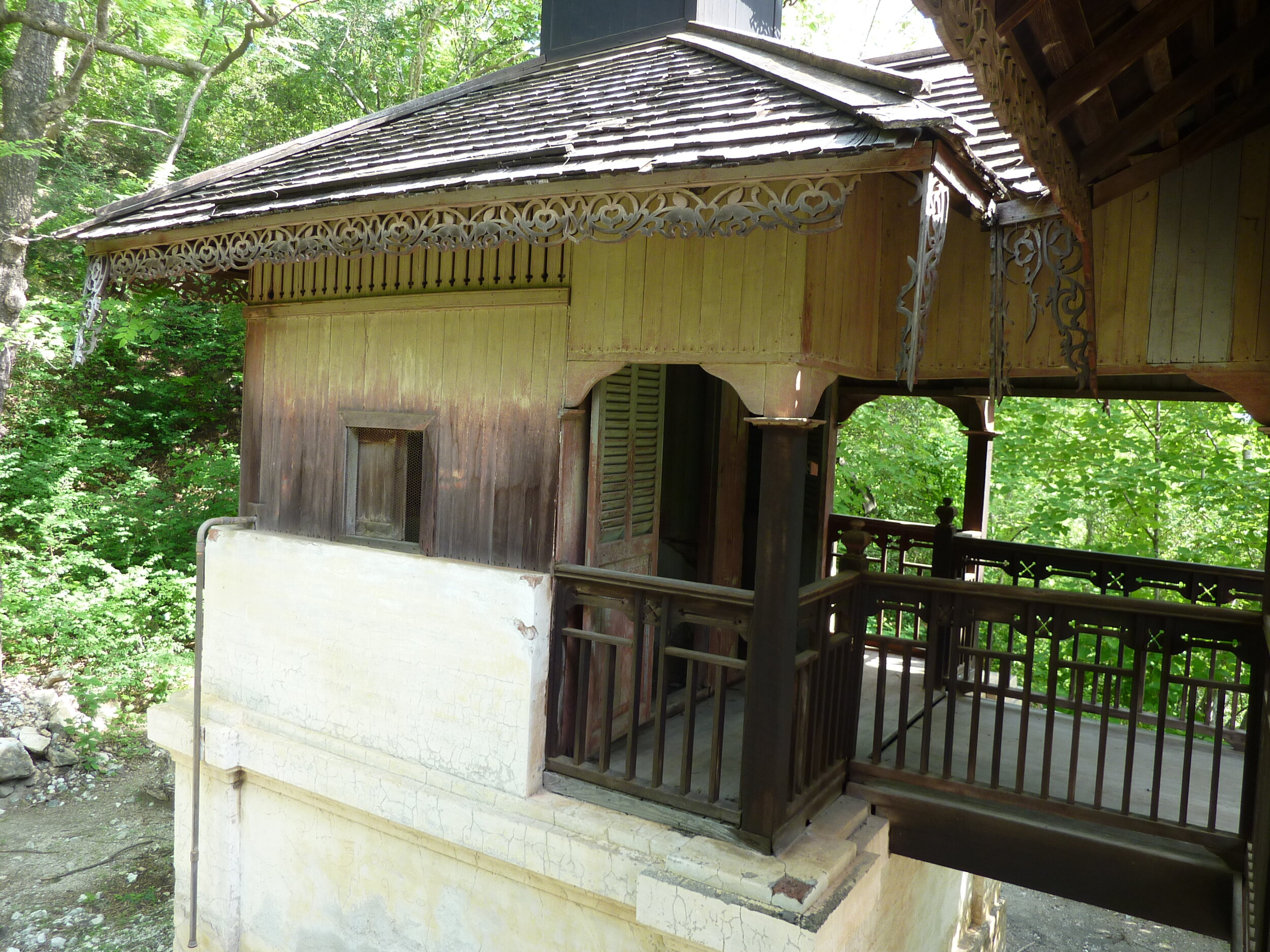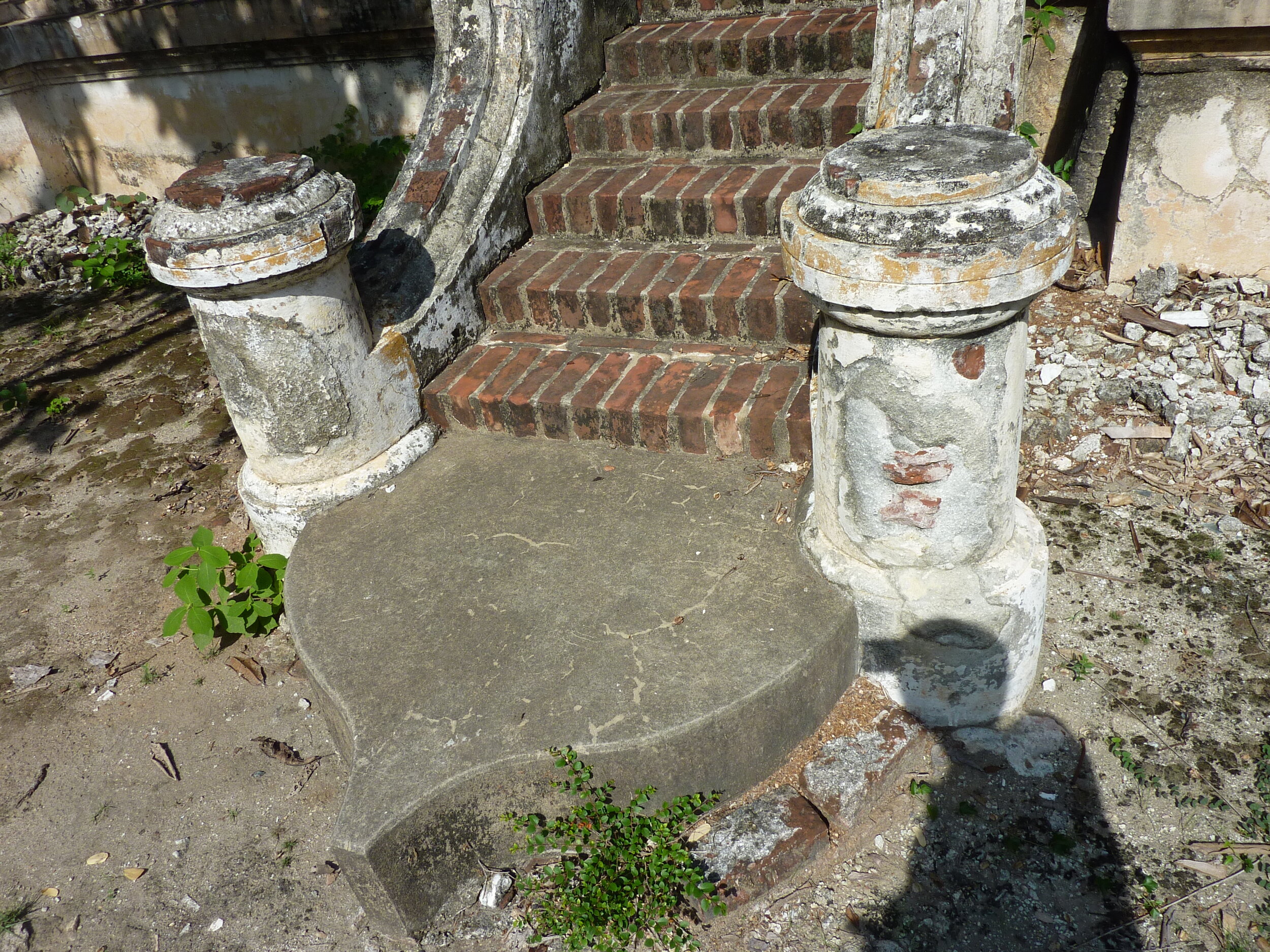The Mya Taung Tradition
A viral photo has been circulating on social media for the past 24 hours depicting monks at Mya Taung Monastery in Mandalay posing with their alms bowl overturned, and tape fastened over their mouth. The symbology here is important in understanding the overall protest movement. First, the overturned alms bowl indicates a refusal to accept donations from military, thus cutting Buddhist soldiers and generals off from the ability to make merit by giving to a monastic. The tape over their mouths indicates their support for the Silent Strike that is presently occurring in Myanmar, in which people do not go out on the streets, do business, or extrovert in any way; their silence functioning as a response to the indiscriminate killing that the military is now engaged in.
Often these kinds of photos get shared widely around social media without greater context, and so I’d like to take a moment to dig into this particular monastic tradition. It’s important that we don’t lump all monastics or monasteries together when we come across photos like this, but rather endeavor to understand which particular tradition is engaged in its own respective kind of response. This can be especially challenging for foreign readers, as there is so little background on many of these monastic lineages.
So let us use this as a learning moment to appreciate the Mya Taung lineage. I actually met Mya Taung Sayadaw in person at his Sagaing Hills monastery about 7 years ago (see photos below). So connected is his name to these Sagaing Hills that local mythology refers to the “Mya Taung” along with three others (taung means “hill”) in the founding of the region: Shwe Taung, Ngwe Taung, and Prekhemma Taung.
Mya Taung Sayadaw was famous for his pithy expression, "Do not talk much, because you may then grieve a lot." So in this sense, it is very fitting that monks in his tradition would be refusing to speak!
When I was writing up the meditator’s guide to the Sagaing Hills, I included the following information:
From Kyi Myint Taing Chaung Monastery, one descends the old path to get here. It is visually perceptible to begin to understand how far back Mya Taung’s history goes back, as so many feet have made their way along here that the middle grooves of the steps have largely been worn away! It is a very pleasant walk leading to the riverside, with old pathways hewn out of the greenery all along the way.
The Mya Taung Sayadaw had been one of Myanmar’s oldest living monks, who passed 78 Waso in robes (and an additional ten in novicehood), but just recently (in 2015) passed away at the very ripe old age of 98. His overall presence exuded tremendous peace and compassion. One recently ordained European monk had the opportunity to meet the Mya Taung Sayadaw, and he eagerly asked him for advice concerning the monk’s life. The Mya Taung Sayadaw’s response was to work to develop sīla, viriya, and mettā in one’s heart every day. His lineage stretches back to the illustrious Thilon Sayadaw, via the Shan Galay Kyun Sayadaw. It is worth a trip to pay respects to such a revered individual and to have the good fortunate to make an offering.
This wonderful monk was able to relate some wonderful stories about old Sagaing. For example, when he first arrived here, each monastery had just one chief monk and several disciples. He said that most monks would spend their mornings going town to the village at the bottom of the hill and pass the afternoons in meditation back at their monastery.
Mya Taung Monastery is quite pleasant, offering views of the omnipresent Ayeyarwaddy. Halfway down the side of one of the bigger hills in Sagaing, it is shaded by several large trees. It features metal engravings along the coverings over the stairways and designs upon the wood. Cream-colored balustrades hold up the Sayadaw’s wooden residence, which houses memorabilia from his life. One building is particularly interesting for its older style, with its flat front and white plaster engravings over brick, along with two rows of three, perfectly symmetrical, teak doors; however, it is uncertain if this building is still actually in use today.
There are several sites nearby to the main monastery that have been linked historically to it, and some are still overseen by the Sayadaw:
· Maha Yadanar Sin Kyan has to be seen to be believed. A photographer would be hard-pressed to capture the full impact of this site in one shot. Made of wood, the building is staggered at several different levels, with different rooms almost appearing as new extensions added on at a later date. Some rooms are reached by open-air covered walkways. The detail on the figures on the stone columns is uncommon compared to other Sagaing monasteries: a three-dimensional figure seems to leap out of his stone placement, along with rearing, mythical beasts. Maha Yadanar Sin Kyan was originally built as a place to practice walking meditation, although it’s uncertain exactly where that was intended to take place. It is not currently ready to accommodate yogis overnight, although it is certainly a worthwhile place to spend a day, with many places to practice sitting and/or walking meditation.
· Maha Yadanar Bon Htut has a very large rain collection pond that provides its own water, as well to several other monasteries nearby. Made of concrete in 1935, the entrance gate has intricate, stone engravings, the center of which is a smiling deva with his hands to his hips, and another figure in a rolled-up longyi doing a traditional dance (although some of his limbs have since fallen off). Also quite unique are the large elephant heads protruding from the sides, their powerful tusks pointing towards the trees. It may be one of the bigger ponds in Sagaing, constructed prior to the major Sītagū Water Project.
Additionally, Burmese readers can learn more here and here.
And it’s worth pointing out that Jake Davis interviewed Mya Taung Sayadaw for his book Strong Roots, and wrote that Mya Taung Sayadaw instructed him that “a number of nineteenth-century monks were inspired by the meditation techniques collected from the Pāḷi discourses in Buddhaghosa’s seminal text, the Visuddhimagga. Scholar-practitioners such as the Thilon Sayadaw and the Ledi Sayadaw are said to have put this textual guidance into practice without personal teachers to guide them in mindfulness practice.”
